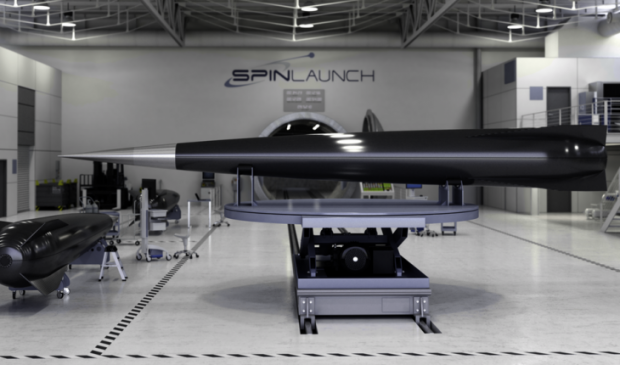
Breaking News
 Tucker Carlson on Why He Interviewed Nick Fuentes and What He Wanted to Convey To Him
Tucker Carlson on Why He Interviewed Nick Fuentes and What He Wanted to Convey To Him
 The Global War on Christianity Just Got a Whole Lot Worse, and Ted Cruz Doesn't Care
The Global War on Christianity Just Got a Whole Lot Worse, and Ted Cruz Doesn't Care
 BREAKING EXCLUSIVE: The Globalists Are Trying To Trigger Stock Market Crash Worse Than 1929...
BREAKING EXCLUSIVE: The Globalists Are Trying To Trigger Stock Market Crash Worse Than 1929...
 ICE's 'Frightening' Facial Recognition App is Scanning US Citizens Without Their Consent
ICE's 'Frightening' Facial Recognition App is Scanning US Citizens Without Their Consent
Top Tech News
 HUGE 32kWh LiFePO4 DIY Battery w/ 628Ah Cells! 90 Minute Build
HUGE 32kWh LiFePO4 DIY Battery w/ 628Ah Cells! 90 Minute Build
 What Has Bitcoin Become 17 Years After Satoshi Nakamoto Published The Whitepaper?
What Has Bitcoin Become 17 Years After Satoshi Nakamoto Published The Whitepaper?
 Japan just injected artificial blood into a human. No blood type needed. No refrigeration.
Japan just injected artificial blood into a human. No blood type needed. No refrigeration.
 The 6 Best LLM Tools To Run Models Locally
The 6 Best LLM Tools To Run Models Locally
 Testing My First Sodium-Ion Solar Battery
Testing My First Sodium-Ion Solar Battery
 A man once paralyzed from the waist down now stands on his own, not with machines or wires,...
A man once paralyzed from the waist down now stands on his own, not with machines or wires,...
 Review: Thumb-sized thermal camera turns your phone into a smart tool
Review: Thumb-sized thermal camera turns your phone into a smart tool
 Army To Bring Nuclear Microreactors To Its Bases By 2028
Army To Bring Nuclear Microreactors To Its Bases By 2028
 Nissan Says It's On Track For Solid-State Batteries That Double EV Range By 2028
Nissan Says It's On Track For Solid-State Batteries That Double EV Range By 2028
Spinlaunch is using large centrifuges to accelerate to payloads into space...

They use large centrifuges to store energy and will then rapidly transfer that momentum into a catapult to send a payload to space at up to 4,800 kilometers per hour (3,000 mph). If successful, the acceleration architecture is projected to be both lower cost and use much less power, with the price of a single space launch reduced to under US$500,000.
SpinLaunch was founded in 2014 by Jonathan Yaney, who previously started Titan Aerospace, a solar-powered drone company and subsequently sold it to Google. They raised $1 million in equity in 2014, the year SpinLaunch was founded, $2.9 million in equity in 2015, $2.2 million in debt in mid-2017 and another $2 million in debt in late 2017. SpinLaunch has raised a total of $10 million to date.
Last month, a bill was proposed in the Hawaii state senate to issue $25 million in bonds to assist SpinLaunch with "constructing a portion of its electrical small satellite launch system."

 Carbon based computers that run on iron
Carbon based computers that run on iron

